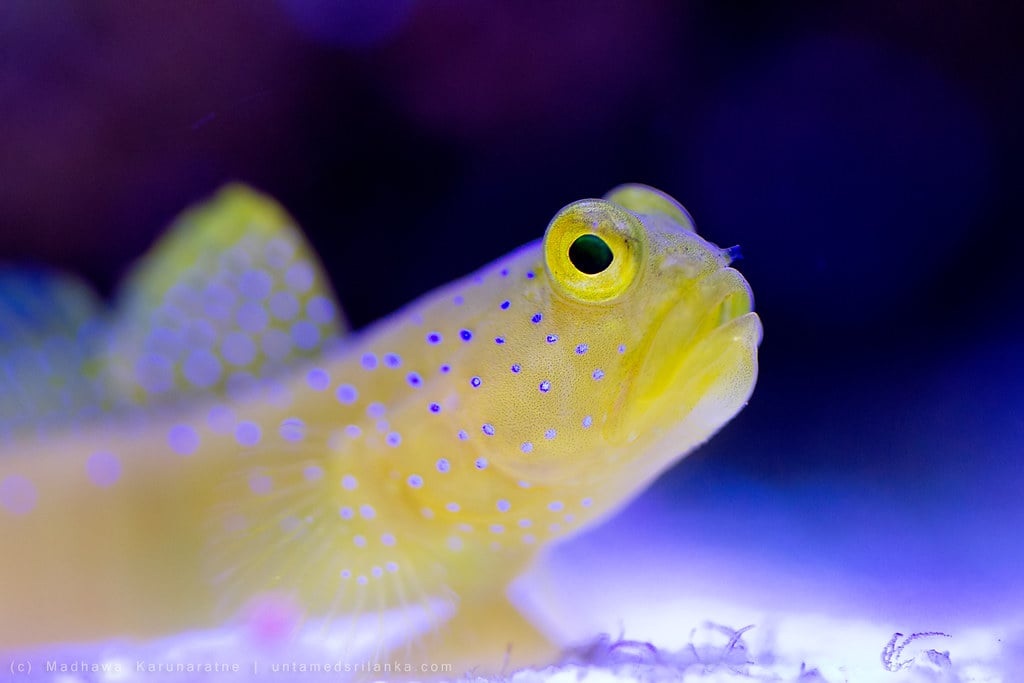

This is so cute and I, for one, welcome any pics and a time lapse gif sounds awesome!


This is so cute and I, for one, welcome any pics and a time lapse gif sounds awesome!


Ci/co as a thermodynamic rule hasn’t been disproven but it works in a vaccum with no other factors considered. Humans are complex and vary in their biological processes that change how calories are utilized, processed, stored, etc. Two people can be put on the exact same diet and exercise plan and have completely different outcomes, that’s where the simplified idea of ci/co has been “disproven” as far as it is commonly understood.
As far as the mental health piece, it is one part of the puzzle but its not necessarily the main component, and also cannot be simplifed to maintaining discipline. Basically, all I’m trying to say is people are complex and just saying an individual needs more discipline or needs to lose weight really reduces the nuances between the relationship of weight and overall health.


No, that’s the correct interpretation, essentially we’ve simplified the “formula” to be easily digested (ci/co) and people have a tendency to understand it as an easy cut calories or expend more. But as you’ve noted, it’s extremely complex and doesn’t take into account individual needs or variability which makes the generalized health advice of “just lose weight/diet/exercise” pretty unhelpful. Especially as we have no true recommended options that contribute to weight loss with long term maintenance.


Obesity can be a risk factor for certain individuals but more research has been pointing towards family history, genetic, and even environmental effects to explain more of the variance for health outcomes over obesity as a standalone variable. It can definitely makes things more complicated but isn’t the single point of health as we’ve made it out to be.
As for the CI/CO, that has also been disproven quite some time ago and continues to perpetuate because it is a simple way to try and understand weight. Here’s another short (non-scientific) article to dive into that: https://immattersacp.org/archives/2021/06/understand-obesity-before-treating-it.htm#:~:text=Treating%2520obesity%2520isn’t,be%2520OK%252C”%2520she%2520said. In short, individuals vary in how their bodies store and utilize calories and calories themselves vary depending on the source. Some bodies do fall under the fairly simple ci/co addage but the majority do not and continuing to understand it from that lens maintains weight stigma, which we also see as a major contributer to negative health outcomes in individuals living in larger bodies.
While I agree that mental health is a primary issue (it is literally my field of study, practice, and research), I also like to try and share some of the more recent findings and understanding in our field, especially as we continue to learn and correct old findings. I apologize that you’re getting so many long messages but I just find it important to try and speak out where I can, especially after working with and treating folks with eating disorders.


So the movement you’re referring to is “health at every size” and various studies have shown that following it leads to overall better physical health outcomes compared to “traditional” weight loss/dieting. Here’s a short article with links to various studies: https://education.nationalgeographic.org/resource/health-every-size/#
The movement isn’t promoting that everyone is healthy at every size but that weight and health may not be causal as people seem to believe (research shows they can be correlated but the methods behind it have also been quite flawed and do not consider a vast majority of covariates that have been previously identifed as having negative relationships with health). Unfortunately, we live in a society (mostly US but also all Western nations) that pushes the idea that only one body type is “healthy” and that our body shape/type is largely within out control and neither of those are previous statements are true. In fact, these ideals have been shown to be negatively correlated with physical and mental health and can be a major contribution to disordered eating and associated symptoms/behaviors.


I’m finishing up a PhD in psychology and it is definitely not black and white as you present. Psychology is first and foremost an extremely broad category of specialties (ranging from more biological aspects such as neuropsych to more behavioral and social aspects). Based on your post, I assume something more in the clinical/behavioral realm is where you’re looking.
Again, very grey, even in a diagnosis as supposedly well understood as depression, we still have almost no understanding of etiology nor exact treatment for an individual. Depressive disorders as a group has a lot of diagnoses and subtypes that we can classify (and schools of thinking that believe this is important, ones that thing it doesn’t matter, and ones trying to push a more dimensional approach to thinking about it, among many others). Even with a single diagnosis of major depressive disorder we can have recurrent, single episode, severity specifiers, symptom modifiers, etc. and among those more “specific” diagnoses, individal symptom presentation may be completely different with minimal overlap. Due to this variability, we also don’t have a one diagnosis, one treatment look at things. In total, psychological treatments have about a ~60% efficacy (when I say this, I’m thinking mostly CBT/ADM, DeRubeis et al., 2005). There’s a lot of research looking into personalization of treatment and its mostly come out with no significant solutions.
I realize I went off on a complete tangent but I absolutely love this field and can talk all day. Overall, I think marketing and psychology as very similar fields. At their cores, its about understanding human behavior, just differences in how to apply that understanding.
Anyone know the full video?


Could be a case of avoidant/restrictive food intake disorder (ARFID)


How long have you had these neons and what are your current water parameters?
Neons tend to be mass bred/produced now and aren’t always the healthiest when they arrive in the pet stores. So if they’re new, they may just unfortunately be dying and then your other fish may eat the bodies before you find it.
Similarly, if water parameters aren’t great they could be dying from that and same end result.
I doubt your pleco is catching and eating any neons. If any of your fish are likely culprits, I’d think its the eels, esp since I believe they’re nocturnal hunters? But I’ve never kept eels myself and don’t have much knowledge regarding that.
Edit: I just went to see your other post and it appears the other “eel” is a bichir. If it is indeed a fish eating your neons, that’s the likeliest culprit


She’s my first copy with a spd boon too! All my others were -spd so i’m excited for her refine


Oof… i know the feeling, i took a long break from summoning after multiple failures during last summer’s banners as well. I’m taking this as the game trying to make up for those losses. Maybe you’ll get maximally lucky for CYL7
Its requiring the app to read the article


Still waiting for arcane staff or staff prf…
Looks like you have cyanobacteria, which is a photosynthetic bacteria (sorta like algae but not exactly since its not a plant). So much like others have stated, imbalance of nutrients, photoperiod, and water flow will help prevent it from continuing to be an issue.
Manual removal is going to be important, esp cleaning the substrate with a vacuum tube to get any excess organic matter out. If possible, add in extra flow through a water pump or increasing filtration. I’m not sure what your nutrient input is (whether you fertilize or potentially over feed) but that’s something to consider, usually the suggestion is whatever your tankmates will finish in like a minute or two and do a few feedings a day (unless you have just bottom feeders/shrimp then they wouldn’t finish food that quickly). And light wise, maybe reduce to 4 hours a day until it begins to clear up.
Bright side, because its cyanobacteria, it can also be taken care of with antibiotics like erythromycin, which should be safe for most tankmates, plants, and beneficial bacteria.